PIVD in Neck : Physiotherapy Treatment
Table of Contents
PIVD ( prolapsed intervertebral disc ) in neck..
DEFINATION:The term PIVD /prolapsed intervertebral disc means the protrusion or extrusion of the nucleus pulposus through a rent in the
annulus fibrosus.
“Cervical radiculopathy is a disease process marked by nerve compression from herniated disk material or arthritic bone spurs. This impingement typically produces neck and radiating arm pain or numbness, sensory deficits, or motor dysfunction in the neck and upper extremities.”
About Herniated Disc :
Herniation of the nucleus pulposus (HNP) occurs when the nucleus pulposus (gel-like substance) breaks through the anulus fibrosus (tire-
like structure) of an intervertebral disc (spinal shock absorber).
A herniated disc occurs most often in the lumbar region of the spine especially at the L4-L5 and L5-S1 levels (L = Lumbar, S = Sacral). This
is because the lumbar spine carries most of the body’s weight. People between the ages of 30 and 50 appear to be vulnerable because the
elasticity and water content of the nucleus decreases with age.
stages of herniated disc
It has a four stages-
Bulging– At this early stage, the disc is stretched and doesn’t completely return to its normal shape when pressure is relieved. It retains a slight bulge at one side of the disc. Some of the inner disc fibres could be torn and the soft jelly ( nucleus pulposus ) is spiling outwards into the disc fibres but not out of the disc.
Protrusion- At this stage, the bulge is very prominent and the soft jelly centre has spilled out to the inner edge of the outer fibres, barely held
in by the remaining disc fibres.
Extrusion- In the case of a herniated spinal disc, the soft jelly has completely spilled out of the disc and now protruding out of the disc fibres.
Sequestration- Here some of the jelly material is breaking off away from the disc into the surrounding area.
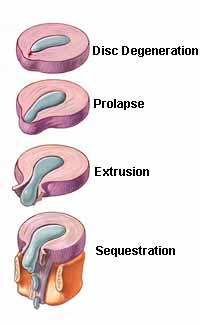
PIVD in Neck causes :
Following causes are mostly seen in Cervical Neck related PIVD :
- Heavy worl load
- Overcapacity lifting weight over the neck
- twisting movement at the neck
- Postural stress
- obesity
- Poor Neck posture and inadequate strength from the Neck
- Sitting for long hours mainly in computers
- age related wear and tear (a disc is much more likely to develop a weakness with increasing age)
PIVD in Neck Symptom’s :
Following symptom’s are present mostly and it varies :
- Severe pain in Neck area
- Neck Pain radiating towards the shoulder to arm and Hand
- Cervical Pain associated with coughing, straining or laughing
- Paraspinal Neck Muscle spasm
- Tingling or numbness in arms or and Hand
- Muscle weakness or atrophy in severe stages in Shoulder, arm and Hands
- Loss of bladder or bowel control in the event of cauda equina syndrome (Rarely seen).
- Increased pain when neck movement or turning go to the side.
Cervical radiculopathy is a dysfunction of a nerve root in the cervical spine, is a broad disorder with several mechanisms of pathology and it
can affect people of any age, with peak prominence between the ages of 40-50. Reported prevalence is of 83 people per 100,000 people .
Annual incidence has been reported to be 107,3 per 100.000 for men and 63,5 per 100.000 for women.
The two main mechanisms of the nerve root irritation or impingement are:
1.Spondylosis: leading to stenosis or bony spurs – more common in older patients
2.Disc herniation – more common in younger patients.
You may have first noticed pain when you woke up, without any traumatic event that might have caused injury. Some patients find relief by holding their arm in an elevated position behind their head because this position relieves pressure on the nerve.
INVESTIGATION
1.An MRI : It can detect which disc is damaged and if there is any nerve compression. It can also detect bony overgrowth, spinal cord tumors, or abscesses.

2.CT scan :This test is especially useful for confirming which disc is damaged.
3.electromyography(EMG) & Nerve Conduction Studies (NCS): EMG and NCS tests measure the electrical activity of your nerves and muscles.
4.Myelograms: It can show a nerve being pinched by a herniated disc, bony overgrowth, spinal cord tumors, and spinal abscesses. A CT scan may follow this test.
5.X ray :It’s not possible to diagnose a herniated disc with this test alone.
EXAMINATION
Provocative tests are performed to provoke or worsen the symptoms in the affected arm and are indicative of cervical radiculopathy.
1.Spurlings Test,
– The examiner turns the patient’s head to the affected side while extending and applying downward pressure to the top of the patient’s head. A positive Spurling’s sign is when the pain arising in the neck radiates in the direction of the corresponding dermatome ipsilaterally.
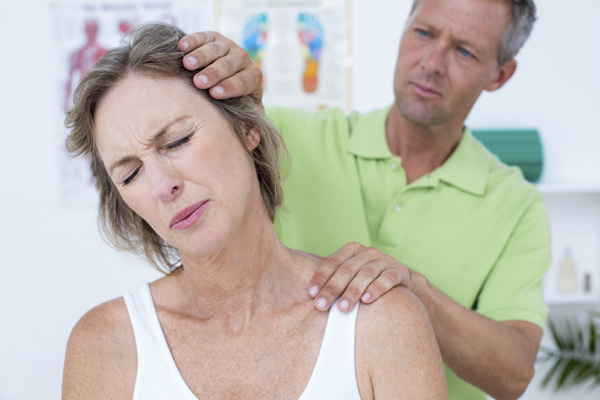
2.Upper limb tension-1
The patient is supine. The examiner performs the following movement sequence:
-Scapular depression
-Shoulder abduction
-Forearm supination, wrist and finger extension
-Shoulder lateral elevation
-Elbow extension
-Contralateral/ipsilateral cervical side bending

3.Distraction test
Patient lies supine and the neck is comfortably positioned. Examiner securely grasps the patient’s either by placing each hand around the patient’s mastoid processes, while standing at their head, or place one hand on their forehead and the other on the occiput. Slightly flex the patient’s neck and pull the head towards your torso, applying a distraction force.

4.Involved side cervical rotation range of motion less than 60 degrees.
TREATMENT :
PIVD In Neck Treatment mostly are conservative Medical treatment and Physiotherapy treatment and exercise. If Medical and Physiotherapy treatment are unable to recover then Surgical option is the last option to select.
Medical Treatment :
Medical treatment of PIVD are mostly pain relieving analgesics / NSAIDs, Corticosteroids, Muscle relaxants are used to relieve pain, spasm.
INJECTIONS
Epidural steroid injections can also be used as treatment for cervical radiculopathy. The injections are given under the guidance of fluoroscopy or CT.
OPERATIVE TECHNIQUES
1.Anterior Cervical Dissectomy (decompression) (ACD),
2.Anterior Cervical Dissectomy and Fusion (ACDF),
3.Total Disc Arthroplasty (TDA),
4.Laminotomy,
5.Foraminotomy,
6.Corpectomy.
Physiotherapy Treatment :
Physiotherapy treatment are depends upon symptom’s , severity and History.
Treatment Options:
- Education and advice
- Manual Therapy .
- Exercise Therapy – AROM, stretching and strengthening
- Postural re-education
- Electrotherapy – SWD, IFT, TENS, Cervical Traction, Ultrasound Therapy
1.EDUCATION AND ADVISE
Education is key to getting the patient on side and to work co-operatively with physiotherapy. If a patient understands the condition and the reason for the neck and arm pain then they are more likely to be compliant with any rehabilitation plan.
2.MANUAL THERAPY
Cervical glides and cervical spine manipulations are beneficial to relieve pain.
Cervical traction given to reduce compression of nerve.
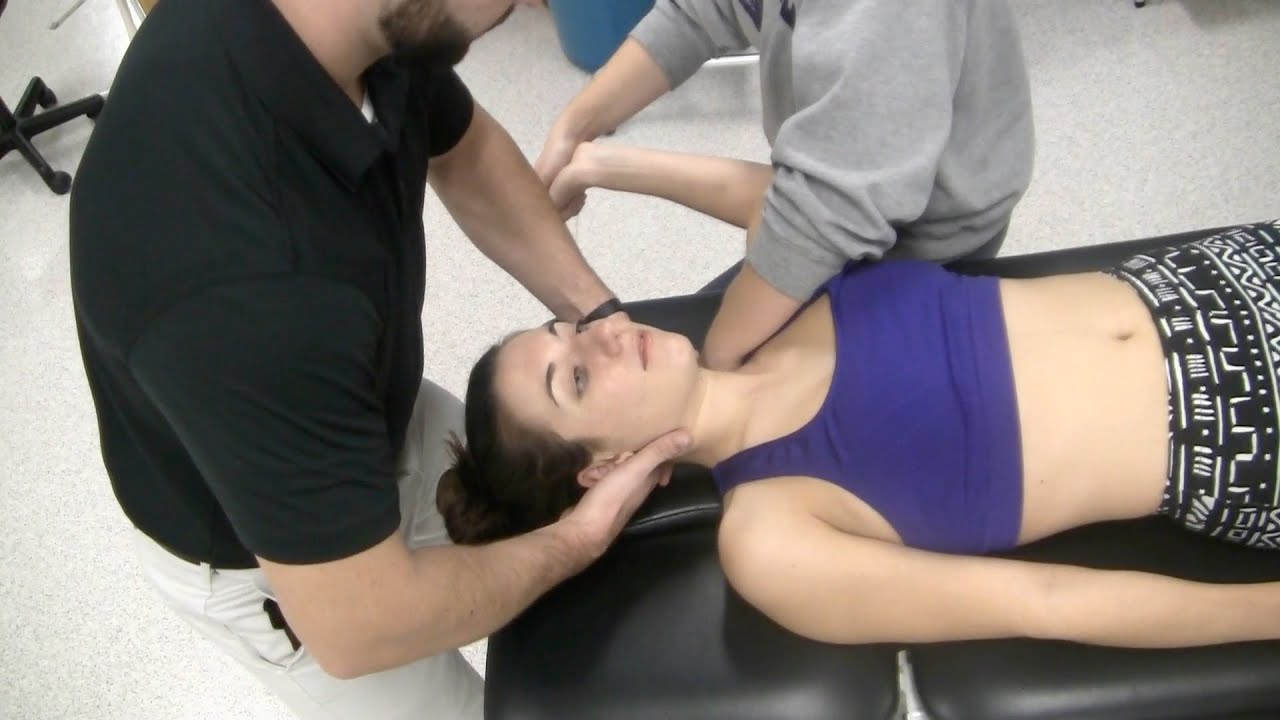
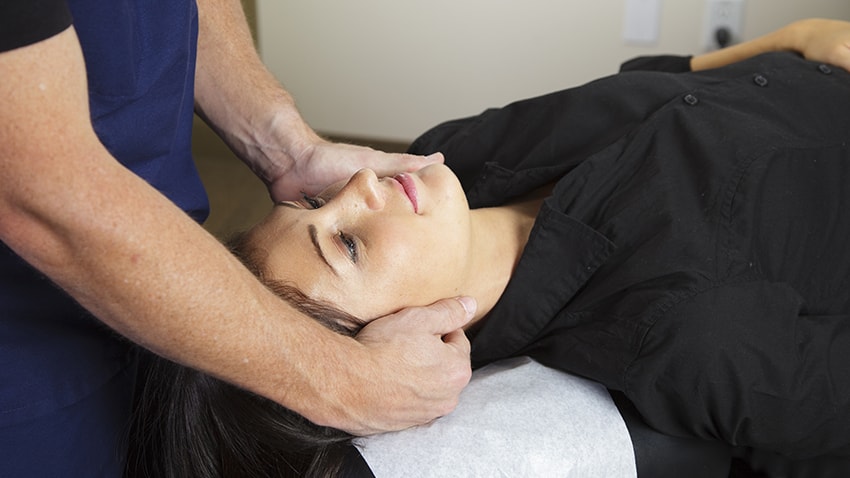
3.EXERCISE THERAPY
ROM increases strengthening exercises can be performed to develop stability and reduce the risk of developing nerve root irritation. Exercises such as contralateral rotation and sideflexion are amongst the simplest forms of exercises which are effective against signs and symptons, given in the form of active range of motion (ROM). Patient should be instructed to remain as active as possible and perform exercises daily on the days between therapy sessions.
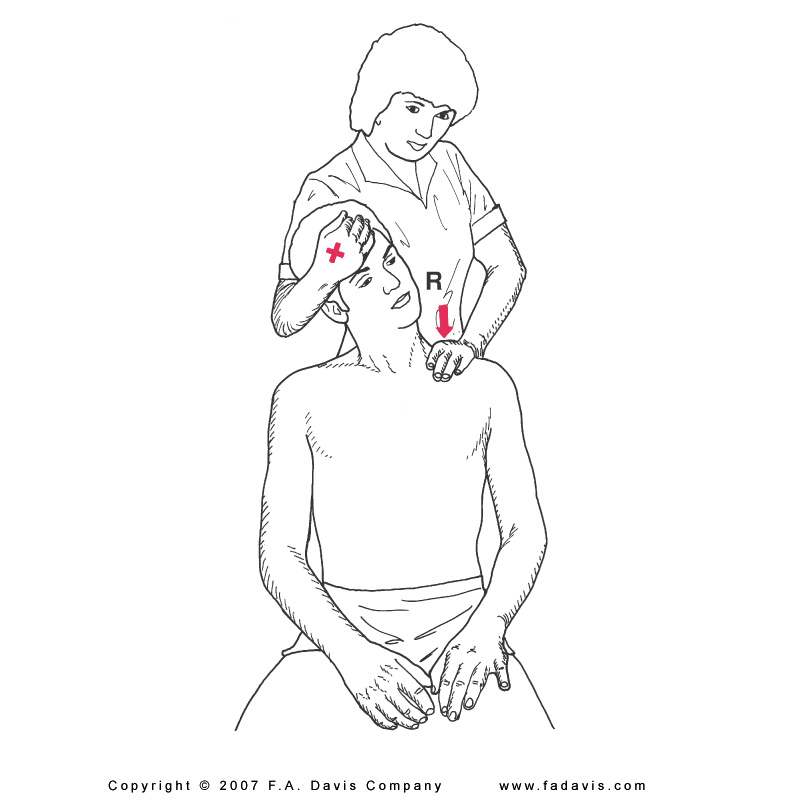
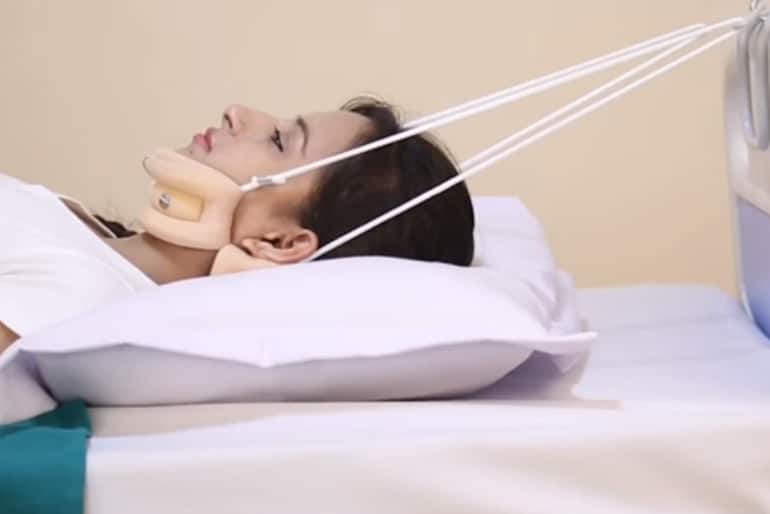
4.POSTURAL RE-EDUCATION
Understand the patient about postural re-education.ask the patient to hold the head in neutral position.
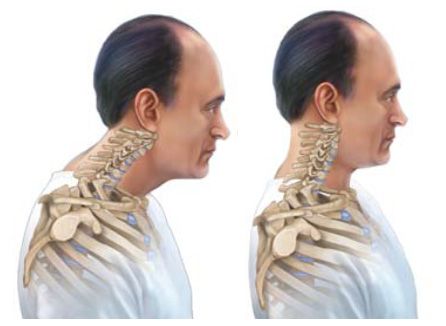
5. Electrotherapy :
Pain-relieving Electrotherapy modalities like Short wave Diathermy (SWD), Interferential Therapy, Transcutaneous Electrical nervous Stimulation (TENS), and Ultrasound therapy are used according to symptoms mainly to relieve Pain, muscle spasm, and Tenderness. If Radiaculopathy is associated with PIVD then Cervical Traction machine is also added in treatment plan.

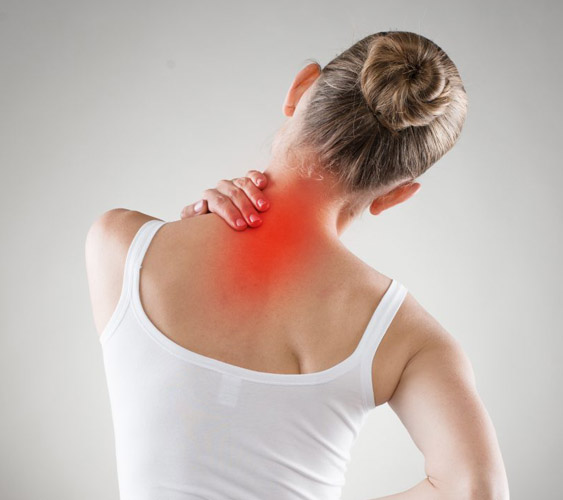
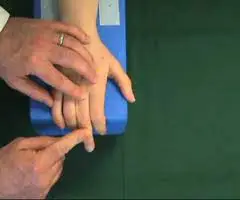
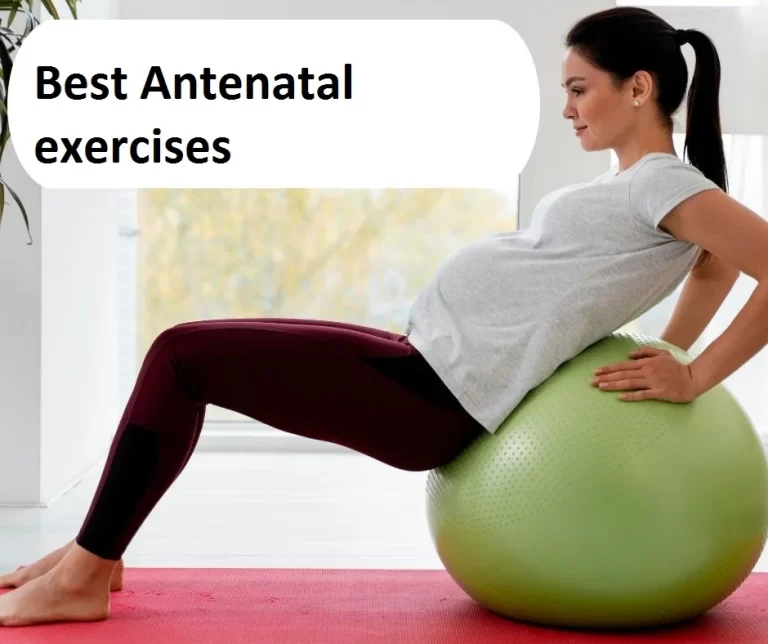
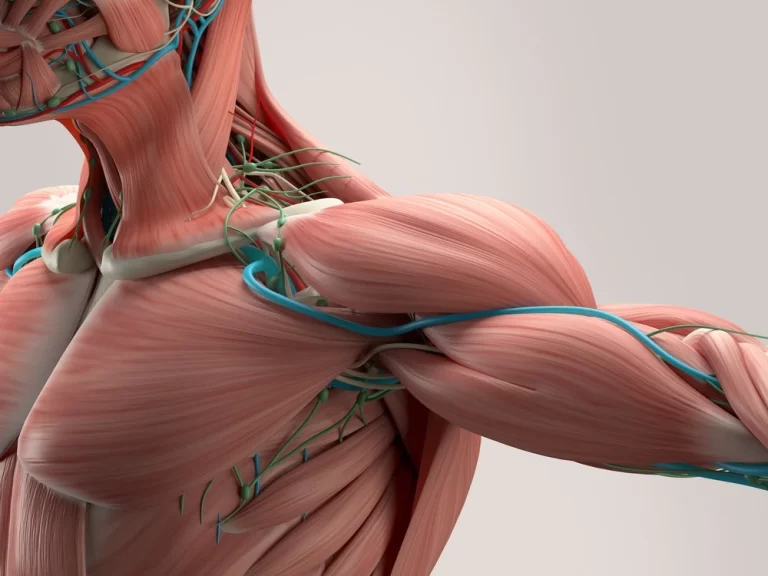
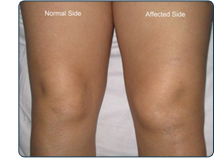
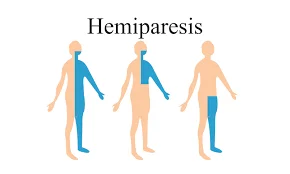
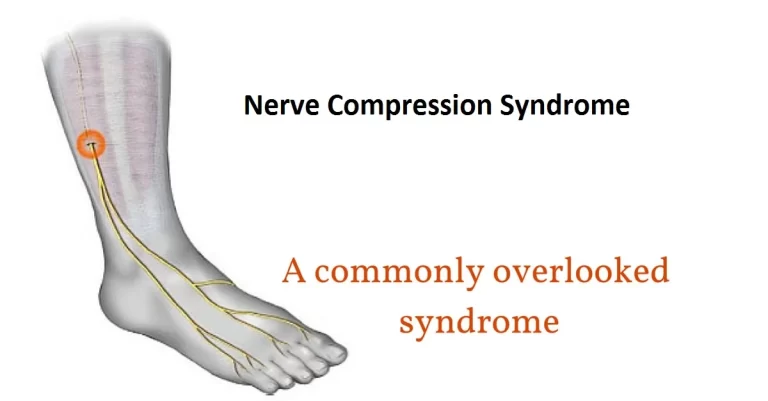
i have Neck pain for nearly 20 days, i have visited Doctor , Diagnosis is Disc Bulging and refer me For Physiotherapy exercise and modalities, so i got good result , I personally recommended Physiotherapy treatment is the most natural way to recover your Neck pain.